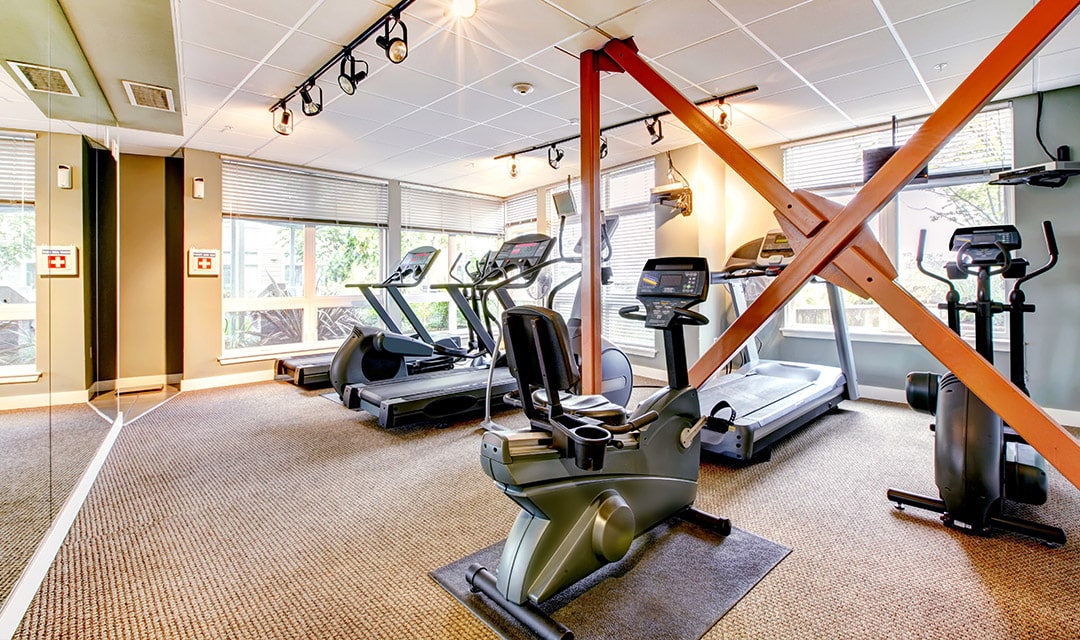For strata owners who currently have investment properties or own properties used for income-producing purposes - it is critical to have a tax depreciation completed to maximise their tax returns or reduce tax payable.
A significant part of the process of Tax Depreciation is to understand the shared or common property assets within the strata title and how these common assets and areas play a lucrative role for investors.
What does the term “common property” mean and what role do they play in tax depreciation?
According to the Australian Taxation Office (ATO) common property has been defined as areas within an apartment complex or development that are shared between owners. Common areas are nominated sections of a complex, which all owners are entitled to utilise and responsible for.
Unit owners can save significant dollars each year by claiming depreciation on common property assets within their apartment complex or development.
Common property assets like driveways, foyers, gyms, swimming pools, etc within the strata property title can lead to a substantial depreciation deduction calculated on the percentage of ownership by the investor. The exact percentage of ownership is calculated with the help of lot entitlement schedules, strata plans, building unit plans, and plans of subdivision.
How are common property assets assessed for depreciation?
Determination of the value of common property assets for depreciation is dictated by the owner’s interest in the asset. These common property assets normally fall into either a low cost / low-value pool or qualify for an immediate write-off. This leads to the application of accelerated depreciation rates to most assets found in common areas. Due to this, greater deduction can be claimed faster. E.g In strata title if an owner’s interest entitlement in common property assets is less than <$1,000.00, these assets can be pooled and will be eligible to be claimed at a rate of 18.75 % in the year of purchase and 37.5% each year after.
If an owner’s interest in an asset is less than $300 (assuming the Owner is not an entity), the asset can be immediately written off and the entire amount can be claimed in the first year. Different rules do apply if the assets are deemed as second-hand.
With more common property assets depreciating based on an investor’s portion of ownership, more assets can be categorised under the low cost / low-value pool or qualify for an immediate write-off helping owners get an improved cash flow sooner.
Common property depreciation examples
| Common property asset | Apportioned value of the asset | Depreciation rate | First year deductions | Second year deductions |
|---|---|---|---|---|
| CCTV | $1,429 | 50% | $714 | $268 |
| Fire Pumps | $1,667 | 8% | $133 | $122 |
| Floor Sweepers / Scrubbers | $1,071 | 20% | $114 | $359 |
| Common Hot Water Plant | $1,524 | 16.67% | $254 | $211 |
| Lifts | $6,648 | 6.67% | $443 | $413 |
| Light Fittings | $1,527 | 40% | $610 | $344 |
| ** Basement Ventilation Fans | $342 | 37.5% | $64 | $104 |
| * Carpets | $210 | 100% | $210 | $0 |
| TOTAL (Small value items omitted for clarity) | $17,986 | $4,486 | $2,430 |
* Carpets, along with other small value assets which aren’t shown for clarity in the example, have an apportioned value less than $300, meaning the investor can claim the full amount in the first year.
** The property Owner’s entitlement to basement ventilation fans and other small value assets which aren’t shown for clarity in the example have a value less than $1,000 but greater than $300, qualifying them to be grouped in the low-value pool at an accelerated depreciation rate.
Why Acumentis?
- Across Australia, Acumentis works closely with tax accountants, private investors and real estate agents to provide comprehensive guidance and assessment to inform our clients of their full depreciation entitlement.
- All strata title properties contain different assets and have unique ownership arrangements. For the deductions to get apportioned correctly, a team of specialised and extremely experienced Acumentis staff undertake a thorough site inspection to complete a schedule that clearly itemises the depreciable aspects of the building and its contents.
- Acumentis staff have a comprehensive understanding of the specific requirements of the ATO legislation
- A copy of the CSV file can be provided to clients to pass onto their accountant. The data is then simply uploaded to their accounting records ready for submission to the ATO.
- Acumentis fee is 100% tax deductible
